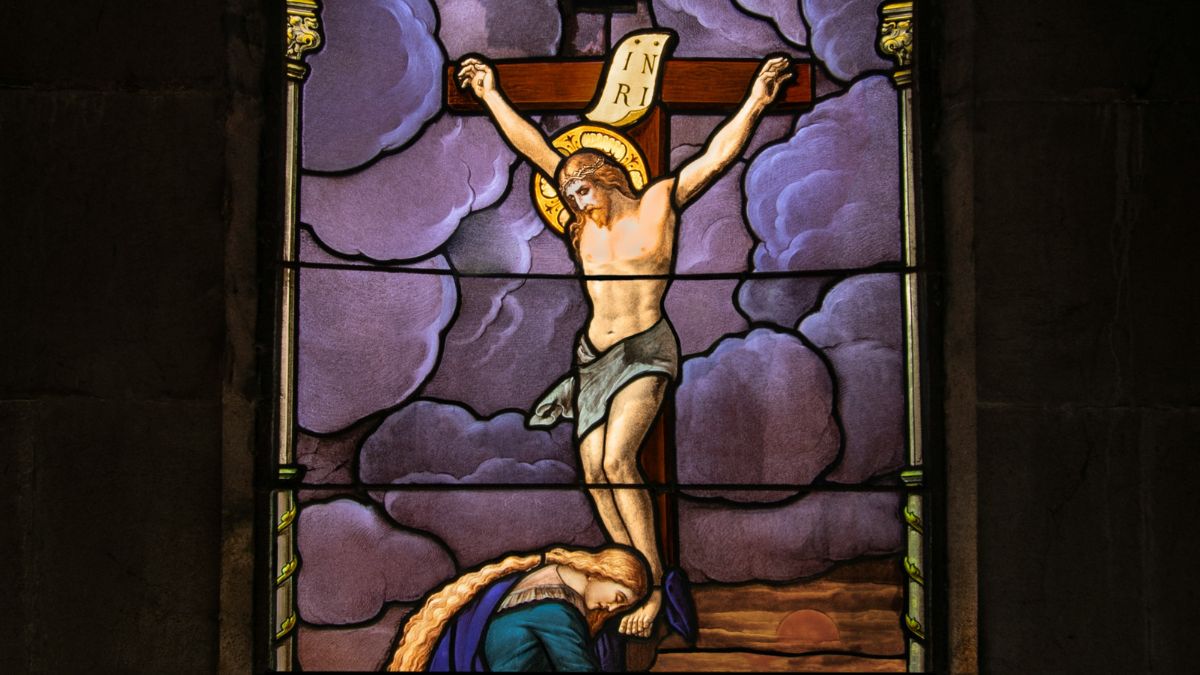

BreakPoint
Real Art
On February 4, the White House announced that New York artist Makoto Fujimura was appointed by President Bush to the National Council on the Arts for a six-year term. Perhaps it's the worldview behind his art that caught the president's attention. Working in his studio three blocks from Ground Zero, Fujimura was deeply impacted by the horrific events of September 11, and it caused him to challenge the artistic community to see the reality of our broken state of existence. Fujimura says, "Art cannot be divorced from faith, for to do so is to literally close our eyes to that beauty of the dying sun setting all around us. Death spreads all over our lives, and therefore, faith must be given to see through the darkness, to see through the beauty of the valley of the shadow of death . . . Everyone has a Ground Zero to face." Reflecting on his own conversion, he said, "I remember how I used to look at the landscape everyday on my way to work, not believing what I saw was true or able to trust my own vision. I realized after my conversion that there was reality [grounded in Christ that] I could trust, and that I could also trust what was inside of me to express it. Reality is the foundation of creativity, and any artist who is honest has to make that assumption." Coming from Japan with a Christian population of less than one percent, the worldview shift in his art was radically countercultural and obvious to both his admirers and critics. For Fujimura, art can be best understood in the context of the Incarnation. In the Lord's Supper, ordinary substances become sacred. The immanent becomes transcendent. If God became man and humbled Himself, this incarnational principle can be applied to every act of creativity, and therefore, the results of artistic creation can become sacred. And this is the theological understanding that flows through Fujimura's work. Makoto works in Nihonga—a medieval Japanese technique of painting using minerals. His works are painted in layers of mineral paints that become transparent over time, revealing the layers below. When asked by art critic James Romaine how this technique relates to his faith, he said, "The underlying worldview of Japanese art is cyclical, and yet the technique lends itself to this notion that there is a beginning and an end." There is history and story in the painting as this hand-made paint is applied to hand-made paper. "There is this rich fabric of story being woven as you work. That is something that is very significant to me, as I am someone who has come to understand that my worldview is a premise that allows for these stories to come alive. That understanding of the world or looking at yourself, as having a history, is very biblical. Because there is a beginning and an end, there is resolution; even in death itself, there is this purpose." As a contemporary artist, creatively embracing and painting his way through the wreckage of September 11, Fujimura is an example of a Christian effectively using art as a vehicle to show us reality: its depravity and brokenness, but also the hope of restoration that the Great Artist Himself, incarnate in Christ, brings to all things.
03/27/03















